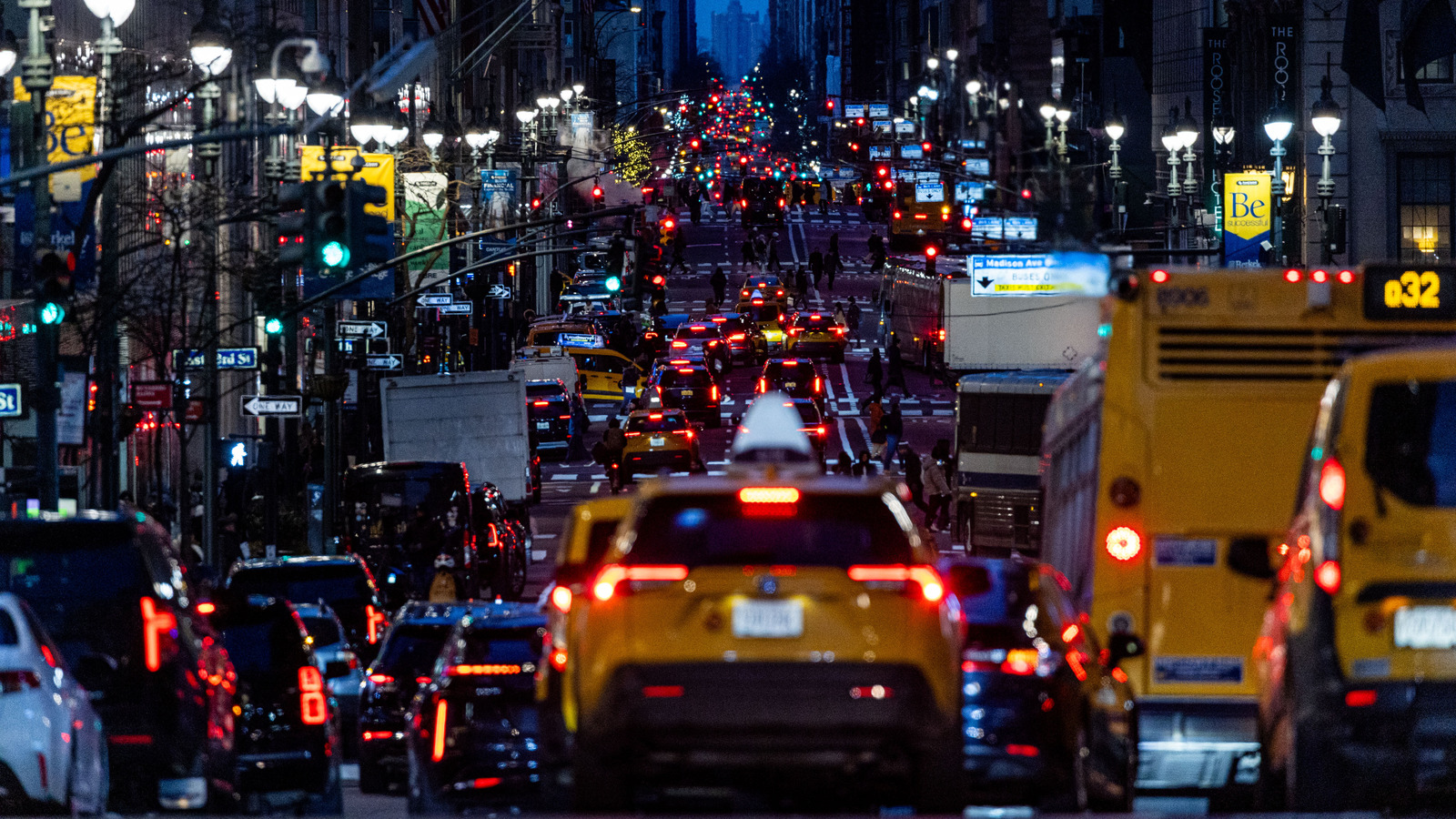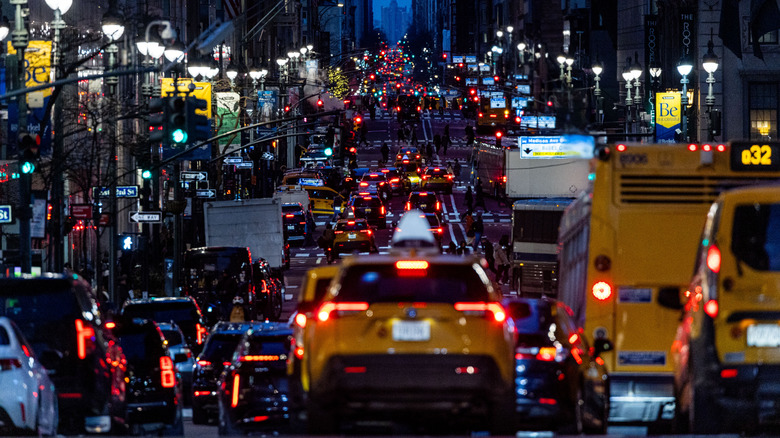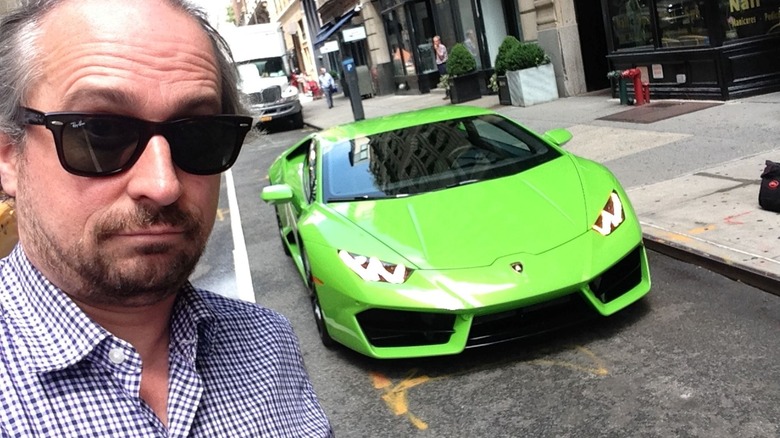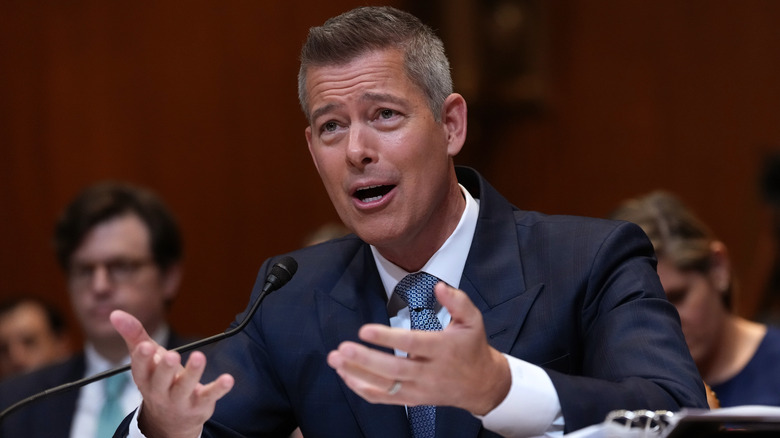In shocking news (that isn’t all that shocking) New York City’s controversial congestion-pricing plan has made good on all its promises. Traffic in the so-called “Congestion Relief Zone” below 60th Street in Manhattan has been greatly reduced. Backups at bridges and tunnels are far less common. And the city is raking in millions from the $9 per vehicle toll. Oh, and lots of people aren’t choking on fumes or being killed by cars.
New York Gov. Kathy Hochul said the plan has kept around 10 million vehicles from entering Manhattan and is on track to raise $500 million in revenue this year, according to Gothamist. About 30 percent fewer traffic-related fatalities have been recorded during the first half of 2025 versus that same period in 2024. Public transit ridership numbers are also up. Of course, in the face of such wild success, it only makes sense that the Trump administration would continue to assault the city, forcing it to contend with funding threats and federal lawsuits almost since the plan debuted.
Pricing the unpriced externality
Before congestion pricing, it was hardly cheap to drive into Manhattan from New Jersey or Long Island. Passenger vehicles are charged a $22 toll to use the city’s bridges and tunnels. An E-ZPass lowers that cost, but not by a massive amount. The Lincoln Tunnel, to use just one example, was tolled from the day it opened in 1937, so the economic “negative externality” of adding your vehicle to traffic, using the tunnel, was always priced.
Over time, however, Manhattan gridlock became a significant issue – as did deferred maintenance on NYC’s vast transportation system. Once you paid to use a bridge or tunnel, you were free to congest Manhattan to your heart’s content, feasting on an unpriced externality. Having driven in the city for 30 years, I experienced firsthand the degradation in quality of life that this pattern generated (even if I sometimes experienced it a neon green Italian supercar). Once it became clear that London’s congestion charge, rolled out in 2003, was bona fide societal good, it was clear someday New York City would come to its senses.
Jalopnik street view
Diving in Manhattan will never be blissful, but let me tell you, a journey from suburban New Jersey to, say, Brooklyn is now a manageable undertaking rather than a soul-destroying slog. I now even sometimes choose to take the Holland Tunnel, formerly the piece of transportation infrastructure I most thoroughly despised. Traversing Midtown is almost orderly. The reduction in stress that congestion pricing has delivered is entirely worth the nine bucks.
In the face of making money and saving lives, Republicans and some Democrats are still fighting over whether the plan should continue. Transportation Sec. Sean Duffy claimed it was unfair to working-class commuters in the region and demanded that NYC dismantle it. But Gov. Hochul wasn’t always a vigorous advocate: she stalled implementation last June at the 11th hour, when pressure mounted from Democratic politicians in New York and New Jersey who feared blowback from constituents. She was joined by NJ Gov. Phil Murphy, also a Democrat. When the plan finally went live – after the November 2024 elections – the original $15 toll was lowered to the current $9.
Despite all that, Gothamist reported that the influx of revenue from what’s officially known as a “Central Business District Tolling Program” is now so big that NYC now feels confident moving forward with a $15-billion program to upgrade the region’s beleaguered subways and commuter rail lines. It’s all going so well (not exactly a common occurrence in the Big Apple) that politics should fall by the wayside. This one isn’t worth fighting over anymore.





